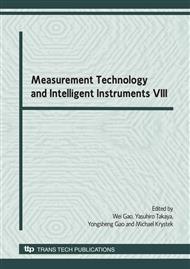p.3
p.7
p.11
p.15
p.19
p.23
p.27
p.31
p.35
The Assessment of Functional Properties of Surfaces with Morphological Operations
Abstract:
For functional properties such as gliding, sealing, assembling, adhering etc. the outer layer of the surface is the functional related surface. For the functional assessment of the surface this outer layer should be used as the reference for any functional characteristic. With the existing mean line system for the assessment of roughness and waviness, the standardized characteristics do not follow this logic. However there are valid historical reasons for the acceptance of the shortcomings of the mean line system. They are e.g. the alignment of the profile, the removal of form, the assumption of a sinusoidal structure of the waviness on the surface, and the distortion of the surface by the application of the mean line filtering process. To overcome these shortcomings morphological operations have been used to establish a new developed envelope system. In order to define new parameters to characterize and specify functional properties of surfaces, a common datum is necessary. The presented method for the alignment of datums is consistent with the algorithms used to establish datums and datum systems for workpieces, where the datum is established by the location of a tangent geometrical element such as a line, plane, cylinder etc. The orientation is usually derived by the application of the minimum zone algorithm. The benefit of the assessment of the functional properties of surfaces with morphological operations will be presented for two examples.
Info:
Periodical:
Pages:
19-22
Citation:
Online since:
June 2008
Authors:
Price:
Сopyright:
© 2008 Trans Tech Publications Ltd. All Rights Reserved
Share:
Citation:


